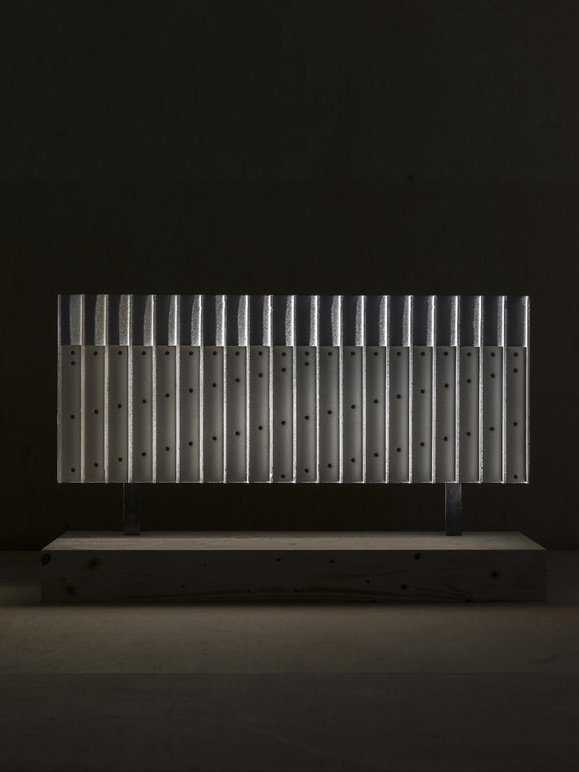Sustainable architecture is not just a question of use of materials and building technology. Buildings also need to be beautiful, if they are to last for a long time. If they speak to our senses, we look after them better. The conference looks at robustness as a criterion for sustainability.
When talking about sustainability in architecture, we often talk about recyclable materials and resource-saving construction techniques. But what actually guarantees buildings a high degree of sustainability in terms of a long life?
That is the key question posed by the conference, Robust – Sustainable Built Heritage, which opens on 16 November at Bygningskulturens Hus. One of the features of the conference will be the latest knowledge from the ‘Cultural Heritage, Transformation and Restoration’ research unit at KADK’s Institute of Architecture and Culture.
“In the research unit we work on the issue of sustainability in different ways, but we all share an interest in the importance of buildings lasting for a long time. We refer to this as ‘robust’,” says Nicolai Bo Andersen, Associate Professor and Head of Programme at the Institute of Architecture and Culture.
Practicability, quality and beauty
The robustness of a building depends, for instance, on its practicability both here and now and for future generations, and on the technical quality of the building – how the structure and its components can be maintained and transformed. But the robustness of a building also depends entirely on the beauty of the building.
“Beauty is not a matter of ugly or pretty. It is more a sense of meaningful cohesion, experienced through our senses and bodies. When a building speaks to us, it becomes sustainable, simply because we make a greater effort to look after it – because it is valuable to us,” says Nicolai Bo Andersen.
For example, a survey conducted by Realdania shows that house prices in neighbourhoods with houses worthy of preservation are higher than in other neighbourhoods, because quite simply we ascribe greater value to buildings we consider beautiful and meaningful.
Aesthetics as a criterion for sustainability is about pinning down what this value consists of. What physical elements determine whether a building has something to say to us. And how to make meaningful changes and additions to existing buildings to ensure that they last for a long time and benefit both present and future generations.
“That is part of what our research covers in the Institute, and what the students learn to identify and give shape to,” says Nicolai Bo Andersen.
The conference will take place on 16 November from 12.30 to 5.30 pm in Bygningskulturens Hus, Borgergade 111, DK-1300 Copenhagen K.
The research unit
The ‘Transformation’ research unit is led by Professor Christoffer Harlang, and the Associate Professors Nicolai Bo Andersen, Søren Vadstrup and Thomas Kampmann. In addition, three PhD students are attached to the unit: Morten Birk Jørgensen, Albert Algreen-Petersen and Søren Bak-Andersen. The research unit is supported by Realdania.




